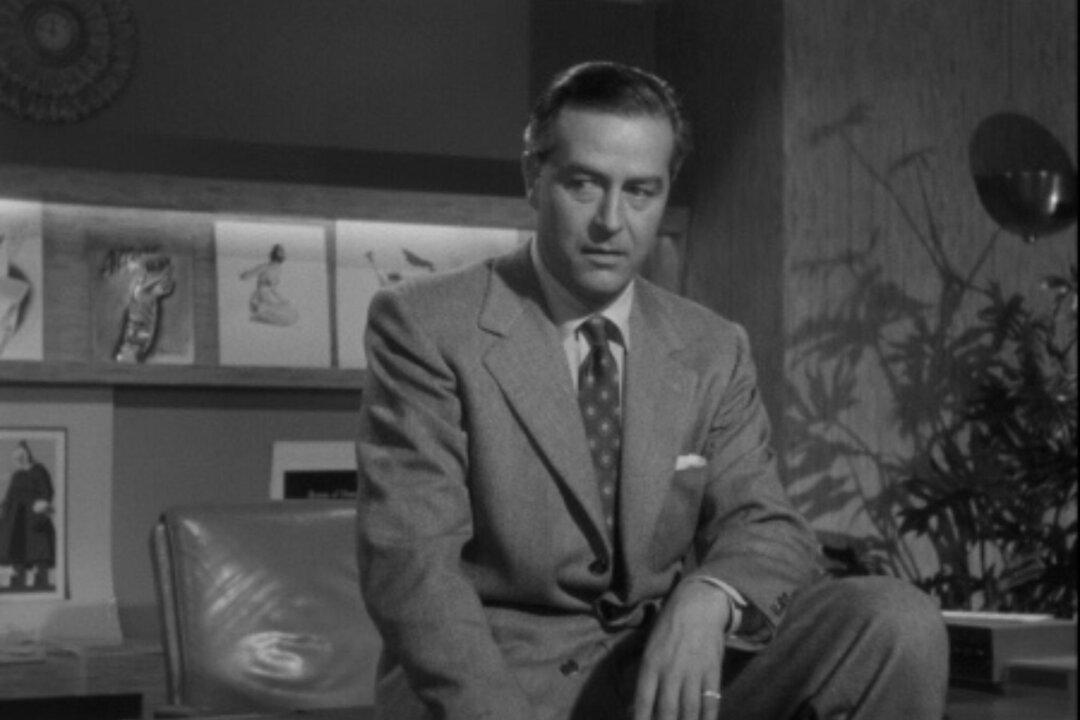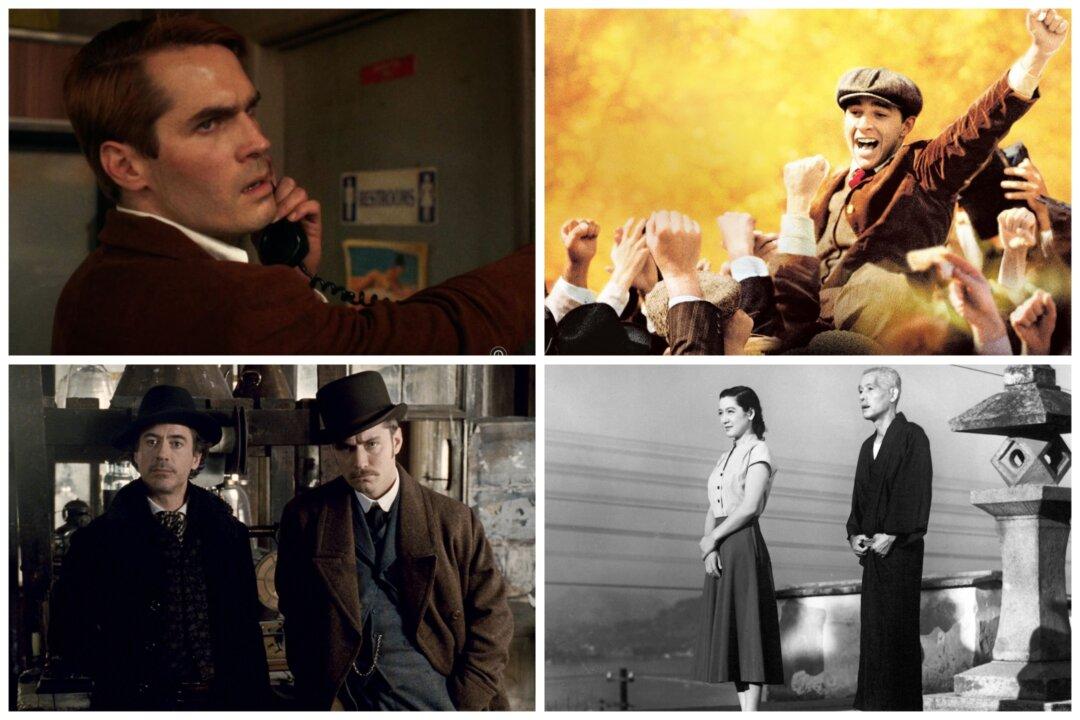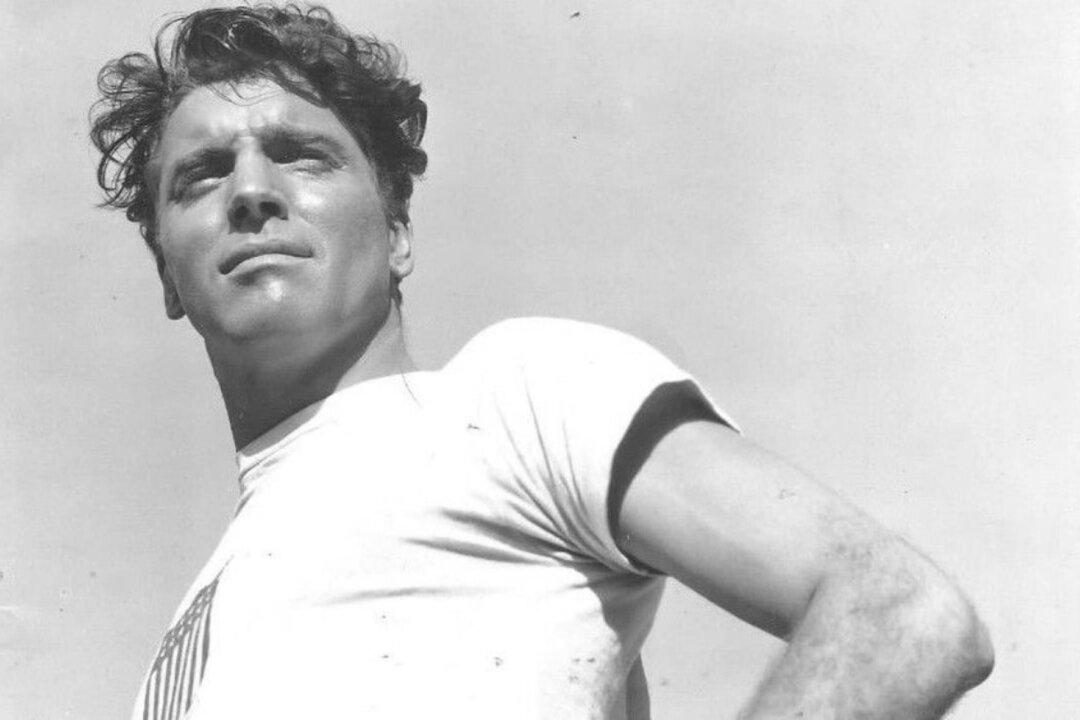The depiction of alcoholism in cinema and theater is a longstanding subject, yet its portrayal often lacks depth and accuracy. Many productions tend to romanticize alcohol and its consumers, portraying them as glamorous and it as trendy. They downplay its true nature, failing to capture the severity of its effects.
The governmental lockdowns of 2020 exacerbated alcohol-related fatalities: 2020 witnessed a significant surge in alcohol-related deaths, with a 25.5 percent increase compared to 2019. Oddly, church access in many places was restricted but liquor stores and strip clubs were categorized as “essential” businesses and allowed to remain open.
Director Billy Wilder’s 1945 sobering drama, “The Lost Weekend,” depicted the struggles of a man whose alcoholism had spiraled out of control, leading to his confinement by concerned loved ones in a desperate bid to save his life. Starring Ray Milland as a writer engulfed in a liquor-soaked nightmare, the film offered a stark portrayal of the perils of alcohol addiction.
Milland plays advertising man Alan Miller, who, when he’s not toiling away at his ad agency for demanding boss J.B. Crawley (Heyes), moonlights as an interventionist for Alcoholics Anonymous (AA).
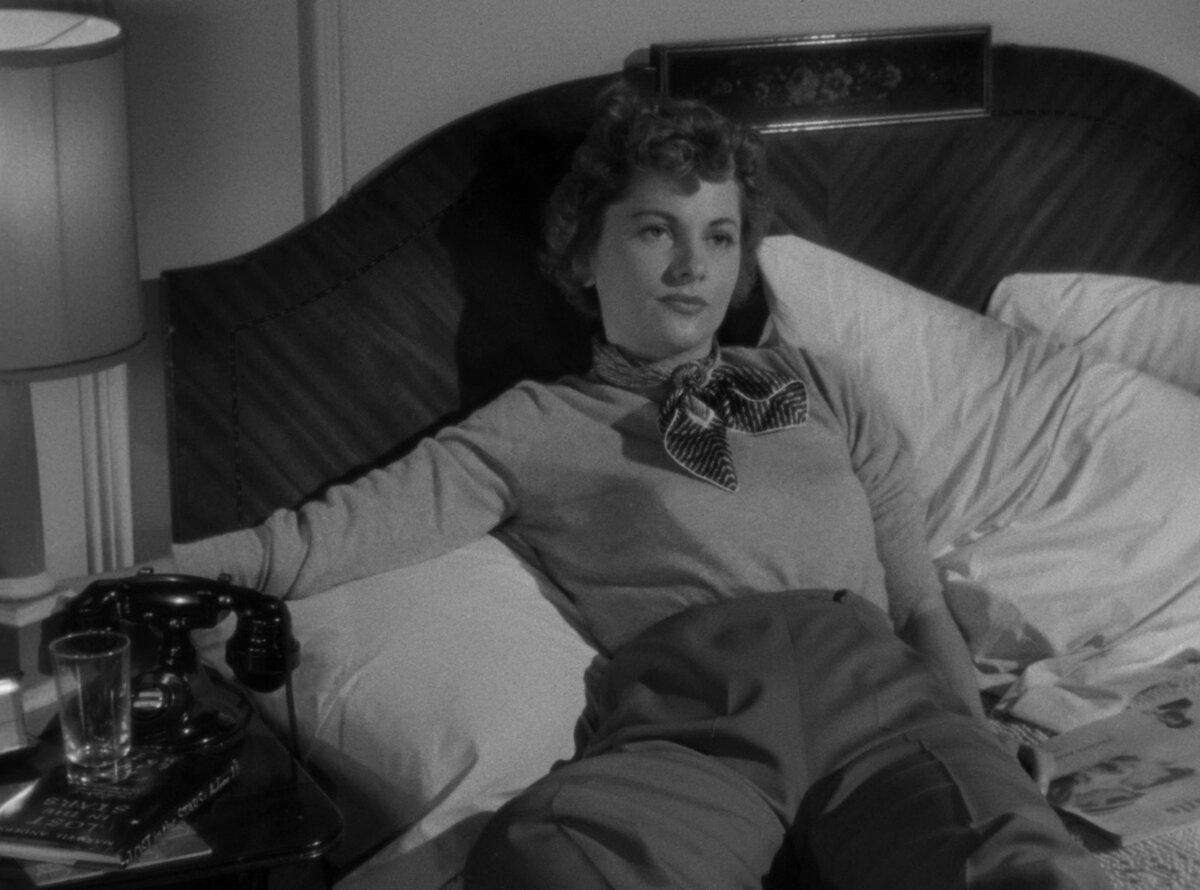
One day, there’s a scheduling mishap and Alan is sent to help aspiring actress Jenny Carey (Fontaine). Although AA normally sends women to assist other women, Alan decides to assist Jenny anyway since she’s recovering from one whopper of a drinking binge.
Aware that alcoholics often neglect meals in favor of catching their next liquor-soaked “buzz,” Alan decides to take Jenny to a diner for some food. By the time he escorts Jenny back to her apartment, it’s quite clear that the two share a mutual attraction. However, there’s a catch—Alan is married with kids.
Alan’s work at the ad agency has been increasingly lackluster according to his boss Crawley. This workplace stress, combined with his knowingly improper attraction to another woman, begins to chip away at his own wall of sobriety.
Meanwhile, as Miller continues to visit Jenny and the two grow closer, his wife Edna (Wright) begins to suspect that something’s not quite adding up. Things begin to heat up when Miller and Edna attend a cocktail party which is also attended by Jenny, as well as Jenny’s ex-lover, stage director Tony Colter (Richard Derr), who may play a role in Jenny’s alcoholism.
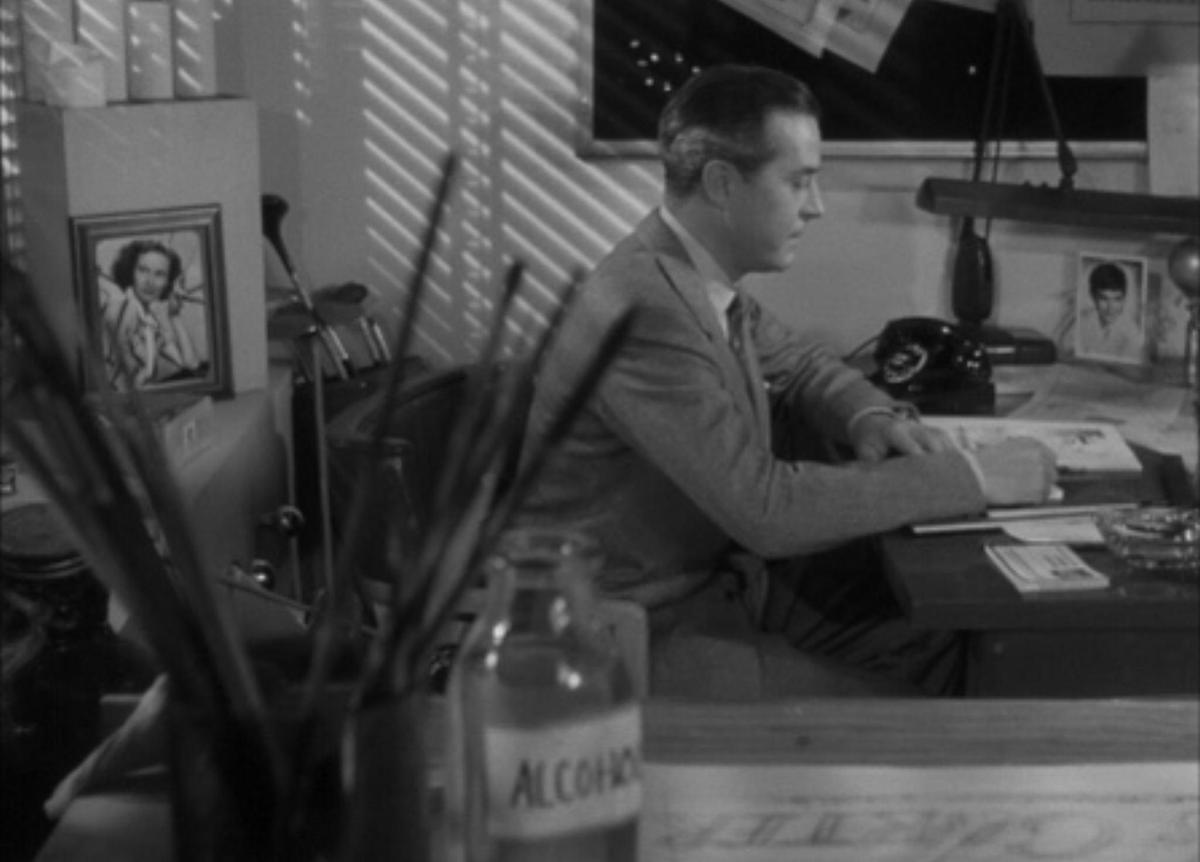
While Alan’s potential infidelity is troubling, especially given Edna’s devotion, the film effectively underscores the alcohol’s destructive impact. It highlights how alcohol, despite being socially acceptable, can lead to poor decision-making and self-sabotaging behavior.
Despite its questionable ethics, the film effectively portrays the pervasive presence of alcohol in society. Everywhere Alan goes, he is confronted with offers of drinks, indicating the alcohol’s normalization. Some characters, like his brash young coworker Baker (Douglas Dick), seem as though they are actively trying to undermine Miller’s sobriety by encouraging him to have a drink or three.
Milland’s nuanced facial expressions are on full display here as his character struggles to resist alcohol, his eyes darting back and forth in turmoil. Fontaine also delivers a compelling performance, depicting a woman whose alcoholism stems from stage fright, leading to missed rehearsals and unhealthy relationships with unavailable or abusive men, such as Miller and Colter.
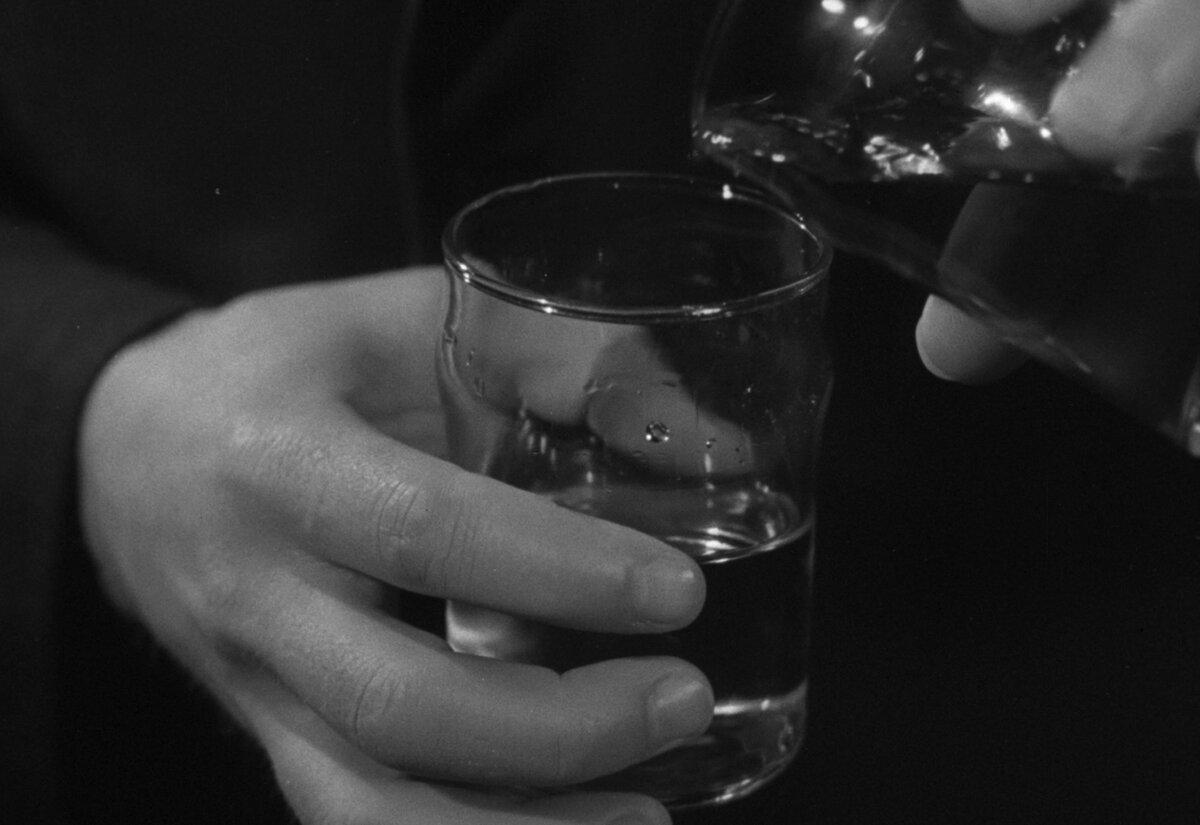
“Something to Live For” is an engaging watch for those who don’t mind their melodrama served with a healthy dollop of schmaltz. While it effectively portrays the destructive nature of alcohol, its portrayal of infidelity may hold it back for some viewers.

